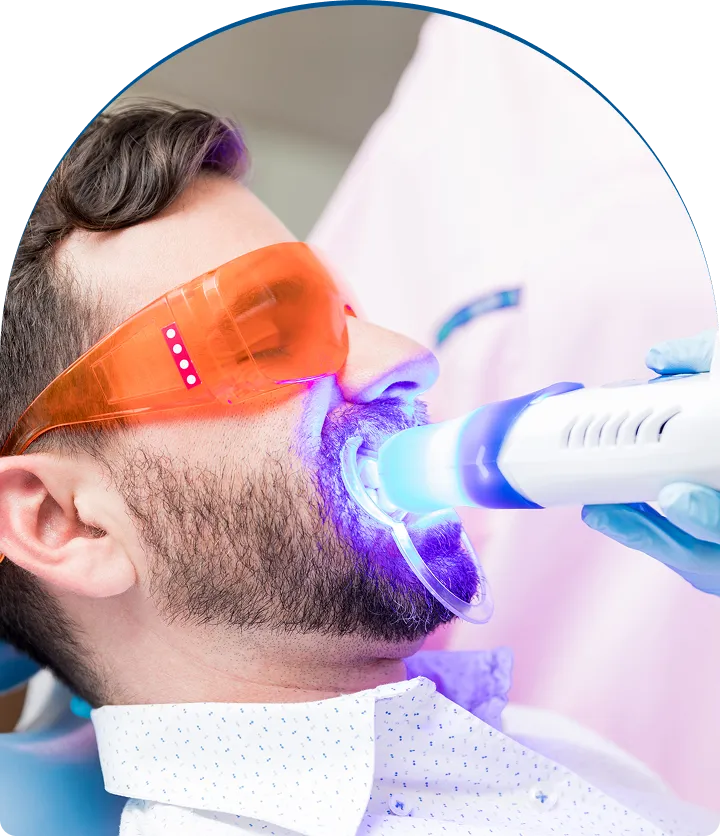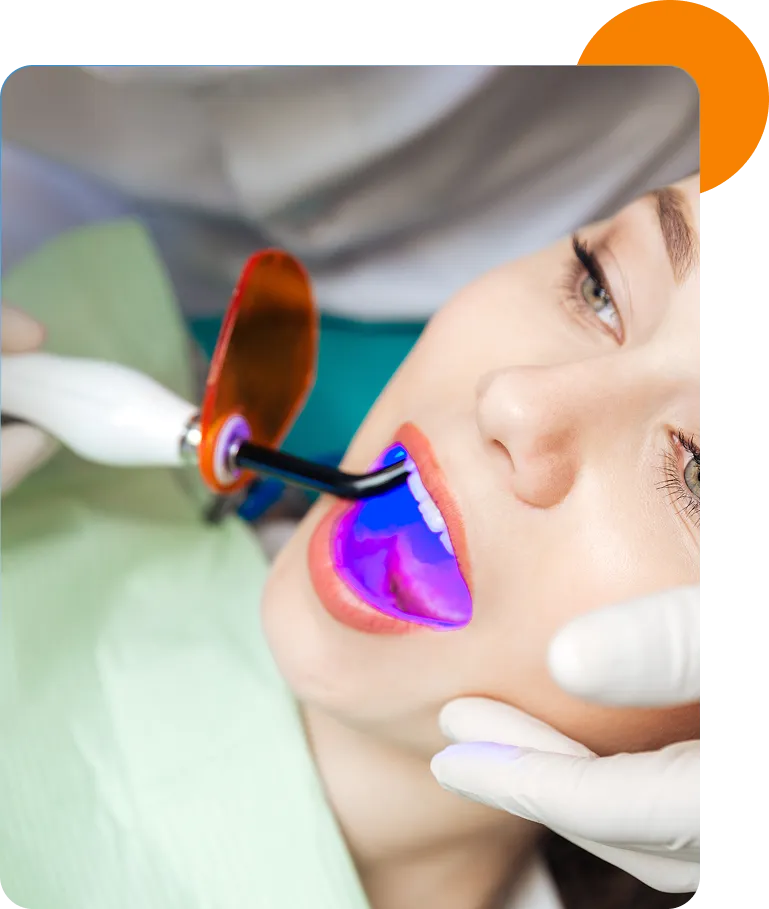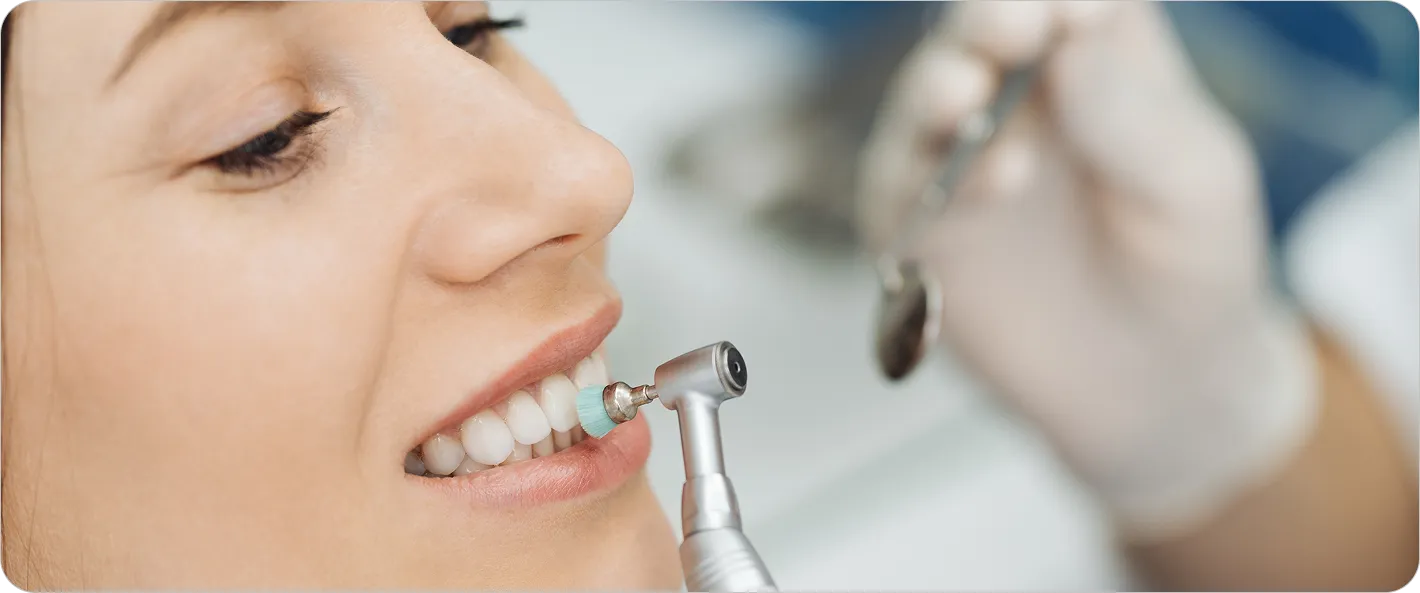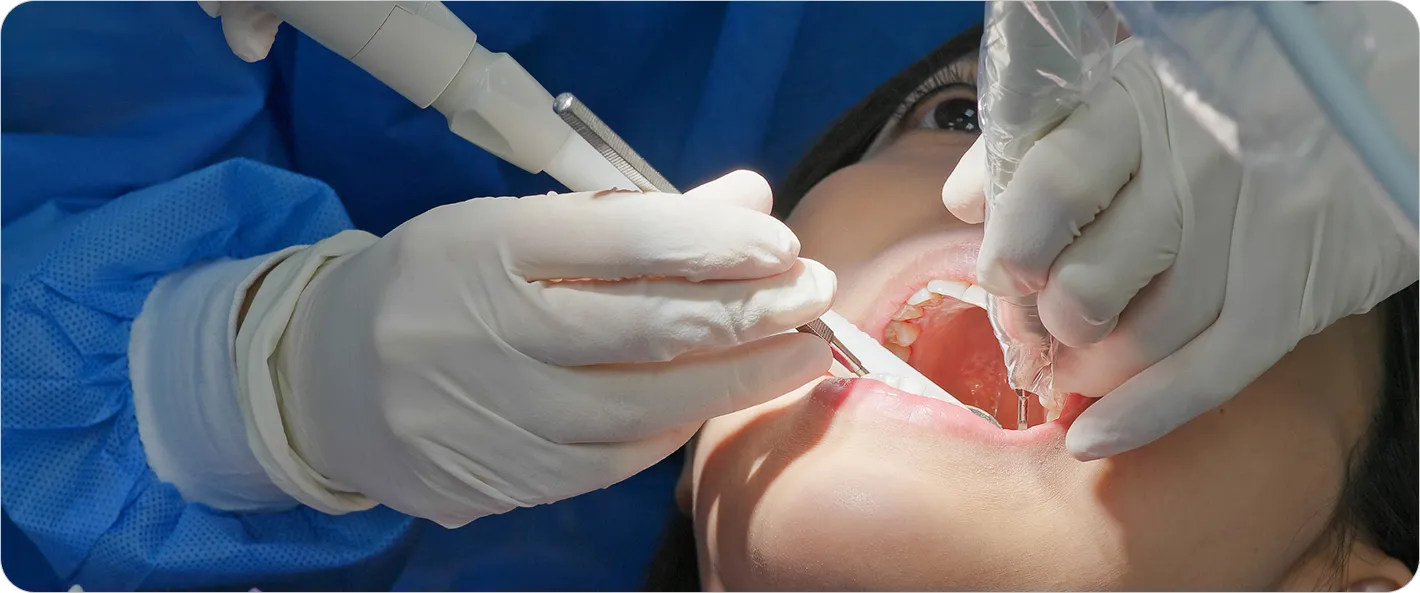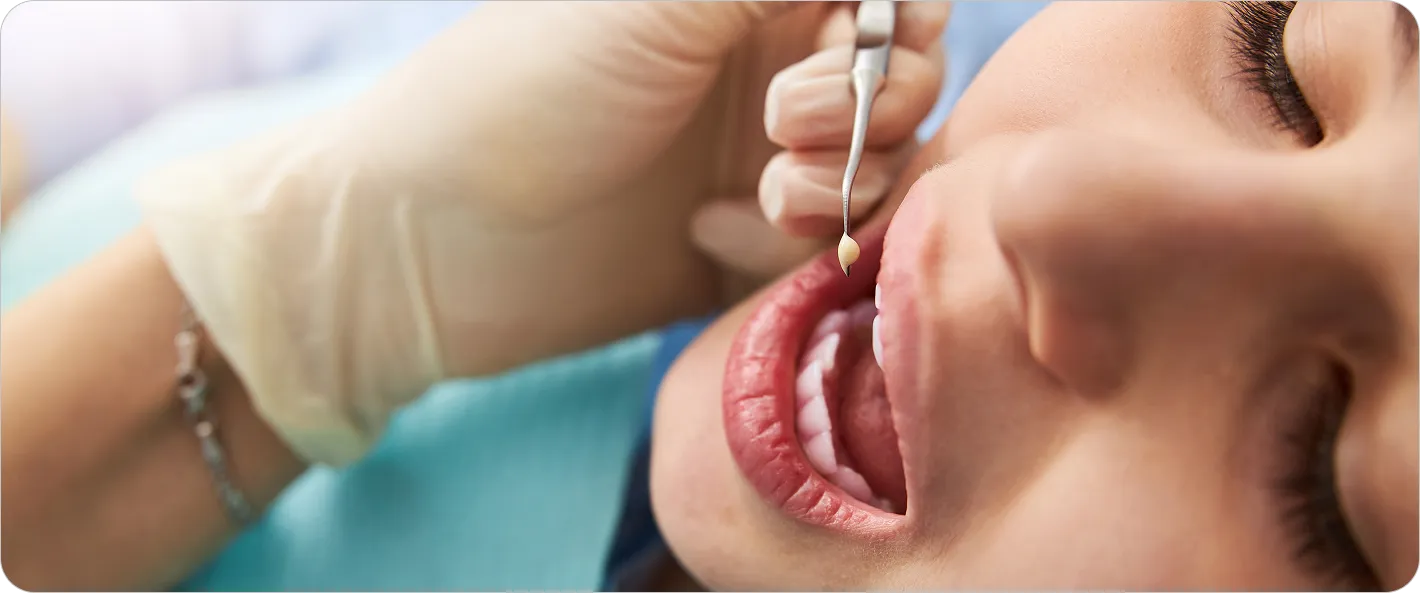Laser Dentistry Near You!
Laser dentistry is revolutionizing the way dental procedures are performed. By integrating advanced laser technology into treatment, dentists can provide more precise, efficient, and comfortable care—especially for patients who feel anxious about traditional dental tools like drills or scalpels.
